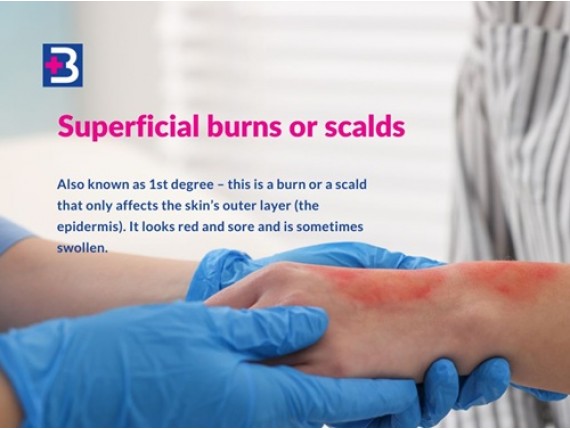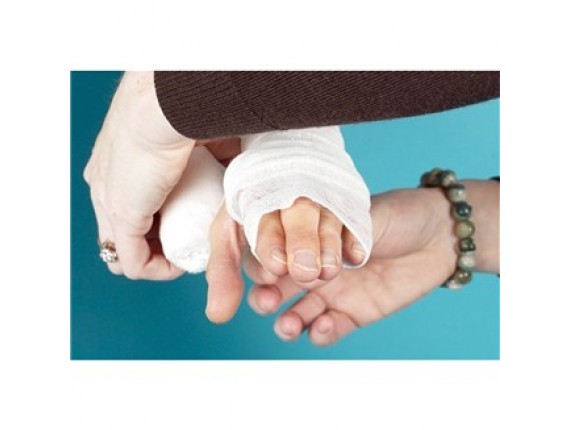Treating Choking

Watching someone choking can be terrifying and confusing. Quickly recognising that someone is choking is an essential first aid skill and can save a life.
Food or sweets can easily become lodged in a person’s throat if they are accidentally breathed in instead of swallowed. Signs may include a weakening cough, inability to speak, struggling or unable to breathe, distressed look on face. They may become unconscious.
If the airway is only partially blocked the casualty may be able to cough, speak, cry or breath. They are usually able to remove the obstruction on their own but may need to be encouraged to cough. If the cough becomes ineffective then further help may be needed. (see below)
If the choking is severe and the casualty is unable to talk or breathe they will eventually become unconscious. Shout for help (but don’t leave the casualty yet). For adults and children over one years, lean them forward and give up to 5 sharp blows between the shoulder blades with the heel of your left hand. At this point check if the blockage has been cleared. If not, then you will need to give abdominal thrusts.
Abdominal Thrusts
Stand behind the casualty, bend your arms around their waist and lean them forward. Clench one fist and put it right above their belly button. Grasp this fist with your other hand and pull sharply inwards and upwards. Do this up to 5 times.
Babies
Treating a choking baby is different, lie the baby down on your lap with their face down for the back blows. The head should be supported by the leg. Pause between each blow to see if the obstruction has been cleared. Do not put your finger into the baby’s mouth. If these blows are unsuccessful begin chest thrusts. Turn the baby over with chest uppermost (on your arm). Ensure the head is lower but supported. Use two fingers to give up to 5 chest thrusts. These are like chest compressions but sharper and slower. NEVER perform abdominal thrusts on a baby. Find the breast bone and place two fingers on the lower half of it. The chest thrust should compress the chest by up to one third of it’s depth.
If the person's airway is still blocked after trying back blows and abdominal thrusts, get help immediately:
Call 999 and ask for an ambulance. Tell the 999 operator that the person is choking.
Continue with the cycles of five back blows and five abdominal thrusts (or chest thrusts) until help arrives.
If the person loses consciousness and they're not breathing, you should begin cardio-pulmonary resuscitation (CPR) with chest compressions.


